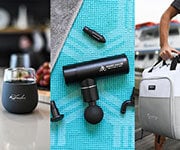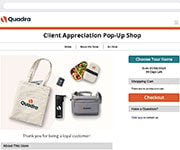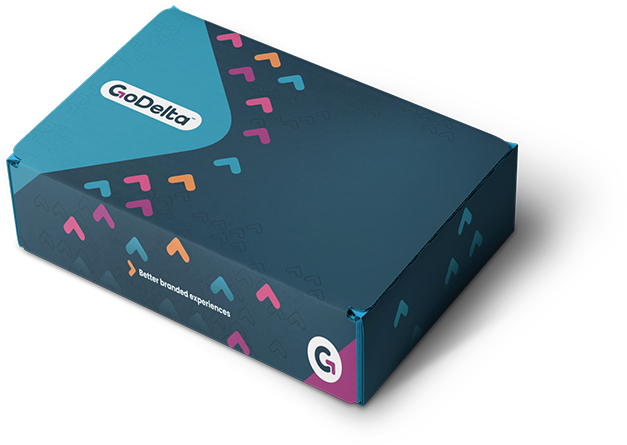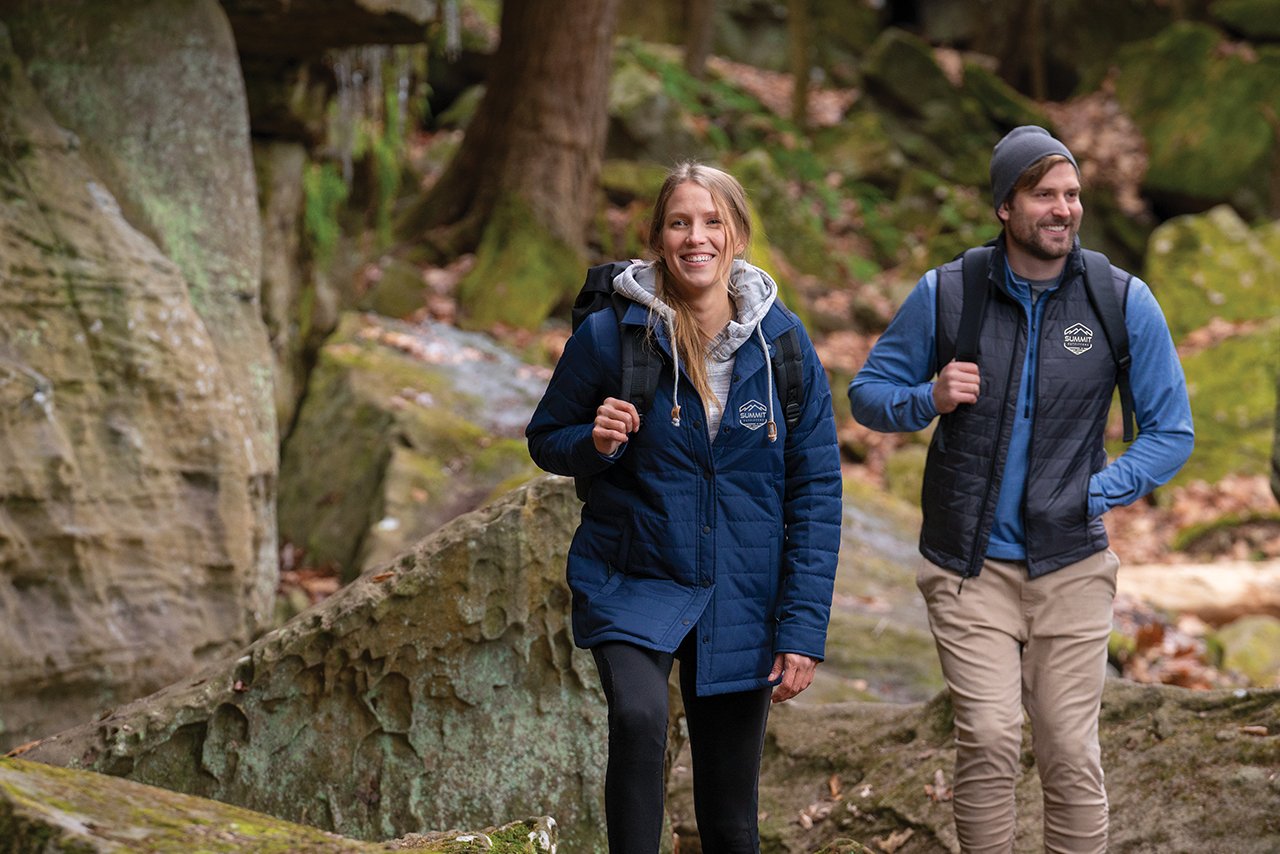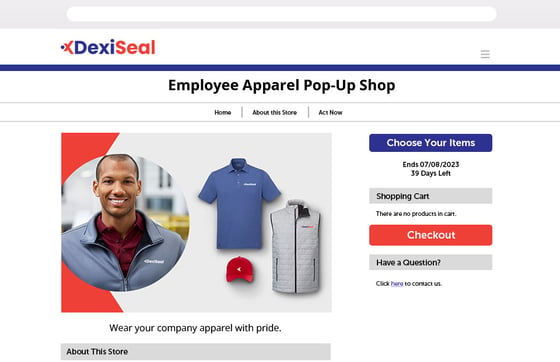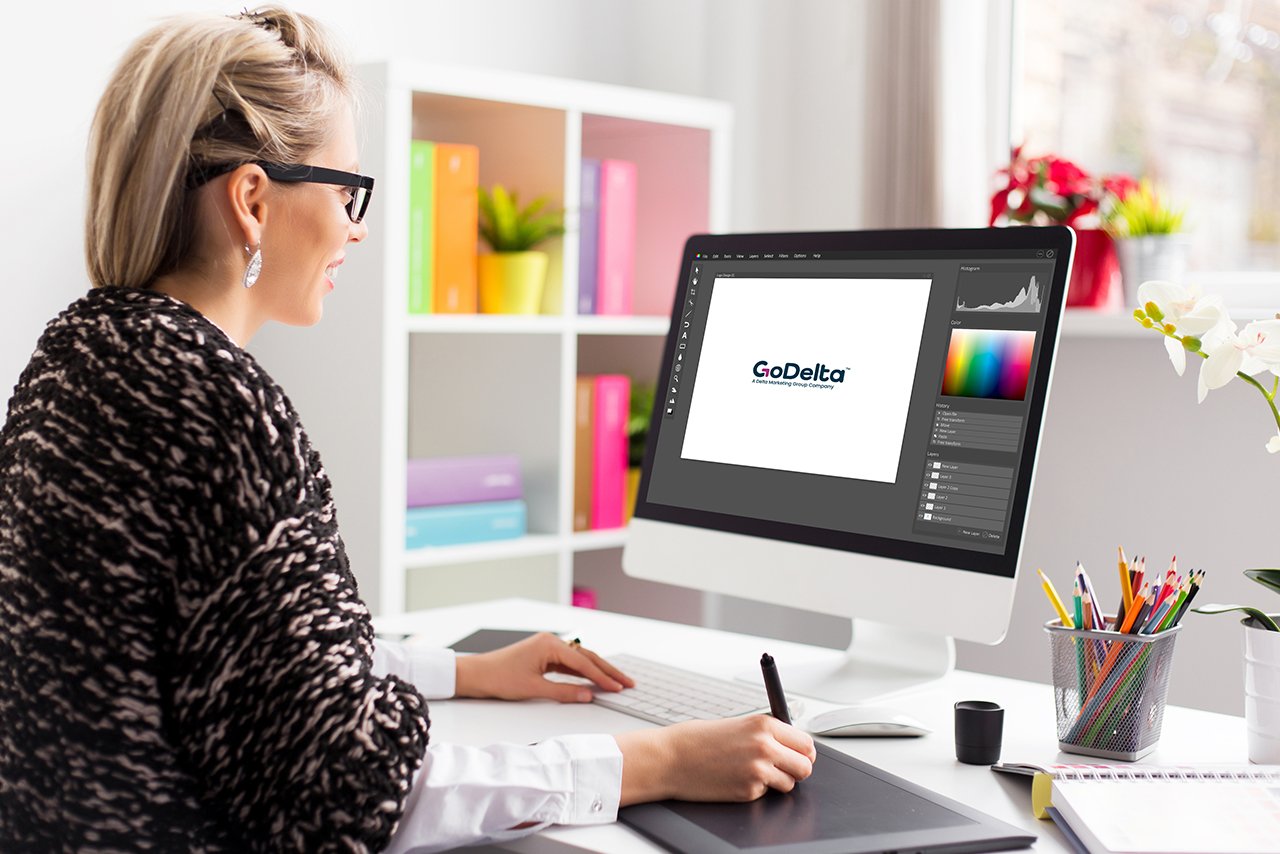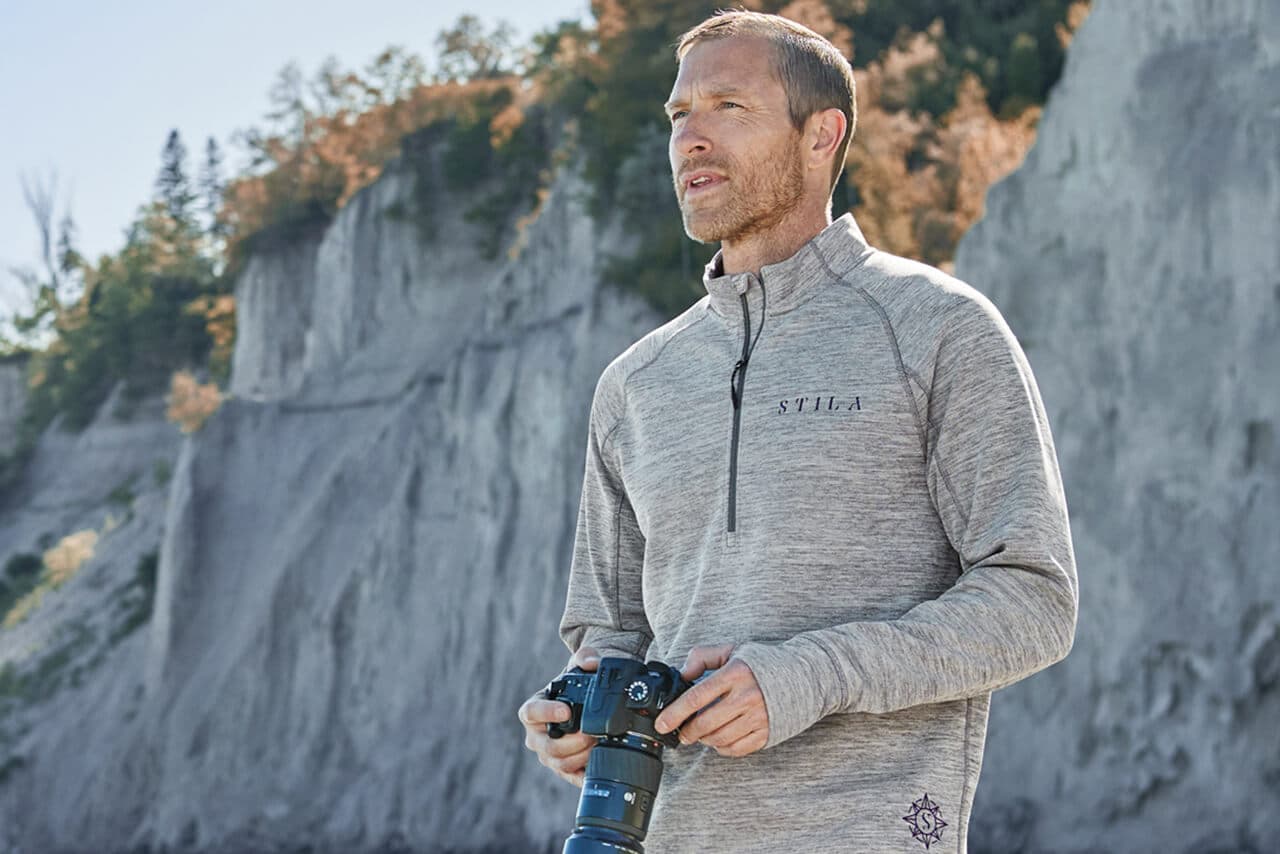How to Choose the Best Branded Clothing
1. Work With an Experienced Branded Apparel Professional
First and foremost, the best way to purchase high-quality corporate branded clothing is to work with an experienced branded apparel vendor. A true industry pro doesn’t just offer a great selection, they also bring a deep understanding of which branded clothing items best meet your needs. They can help you navigate through the options and narrow down your choices.
Another benefit to working with an experienced distributor is that they have hundreds of other customers’ orders as experience. They know the items people like and dislike, understand corporate apparel trends and can guide you to the most popular selections.
2. Look at Affordable and Brand Name Options
One of the easiest ways to ensure high-quality branded clothing is to select items from recognizable brands like Carhartt, Nike, or Columbia. Custom clothing from popular name brands carries a certain level of prestige and reliability that recipients appreciate.
Brand name items tend to be more expensive, but the good news is there are plenty of affordable options that are just as stylish. Think about the qualities and features you admire in name-brand items, then seek the same features in lesser-known promotional apparel brands. Some of our favorite, more affordable corporate apparel brands include Port Authority, District, and Gildan.
Many distributors partner with a variety of different clothing brands, so you can shop around to find the one that fits your budget without skimping on quality or design.
3. Pay Attention to Fabric Choice
You can tell right away when you’re wearing something that’s made of a high-quality fabric versus a cheap fabric. Your goal shouldn’t be to order branded apparel that people will wear once. Investing in more premium fabrics means people will want to wear your corporate apparel for years to come. The upshot of that? You’ll get more brand exposure, and recipients will start to associate your brand with lasting quality.
Here are some premium fabrics to consider:
- Pima Cotton
- Leather
- Denim
- Linen
- Silk
- Cashmere
Remember that the ideal fabric choice differs depending on the type of clothing. You’ll want a different look and feel for an everyday t-shirt versus a moisture-wicking performance shirt versus a dress shirt.
4. Consider Cut and Fit
Everyone wants to wear clothes that fit well and make them look and feel good. Bringing that philosophy to your branded clothing will help you select items that your team will wear time and time again.
Opt for corporate logo apparel that comes in various inclusive cuts and fits. Prioritize brands with unisex and women’s cuts and ensure a wide range of sizes, from extra small to extra large. Consider opening an online pop-up shop to allow employees to choose their favorite fits.
Remember: branded clothing is about creating company unity and spirit. Your job is to provide your employees with options that help everyone feel included.
Example of an Employee Apparel Pop-Up Shop
5. Select Long-Lasting Decorating Techniques
The best corporate branded clothing choices are the ones that can be worn countless times while still looking brand new. After all, branded apparel is an investment, and if you want to reap the long-term rewards, your design must stand up to the wear and tear of everyday use.
Here are some popular decoration techniques that will keep your products looking their best for years to come:
- Embroidery - Considered the most sophisticated textile marking technique. It's a process where a design is sewn onto a garment using a needle and thread, providing a premium look and feel.
- Dye Sublimation - Sublimation printing gives you long-lasting results, as the dyes fully penetrate the fibers, so the designs are bright and vivid, even after multiple washes
- Debossing or Embossing - This technique involves heat stamping or imprinting a logo or design directly into a piece of apparel or a vinyl patch applied to the apparel. It offers a unique, tactile quality that can make your brand stand out
6. Think About Design and Imprint Options
Beyond the clothing itself—the construction, cut, fit, and material—you also need an eye-catching design that excites your team. Sometimes, it’s best to subtly use your logo, but in other instances, you may want to work with a graphic designer to get creative.
Here are a few design considerations to keep in mind:
- Logo Design - Your logo is the primary identifier of your brand. It needs to be clear, recognizable, and versatile enough to look good on various types of clothing and colors
- Color Choices - Colors should align with your brand identity. They need to be consistent and should contrast well with the garment color to ensure visibility.
- Imprint Location - Common locations include the left chest, center front, back, and sleeve. However, you can get creative depending on your design and the type of garment.
- Font Style - If your design includes text, choose fonts that are legible even from a distance. Avoid overly complicated fonts that can be hard to read.
7. Factor in Product Features
It’s the little product details that add up to a big difference. Today, the best clothing brands are getting creative, expertly blending fashion and function to add delightful details that are both unique and useful. Whether it’s breathable mesh panels in a performance polo or sleek piping on a jacket, you can bet your recipients will pick up on the details and appreciate that you went the extra mile to seek out something nice.
Bring Your Brand to Life with High-Quality Corporate Apparel
When branded apparel fits just right, has a great style, and feels good, your recipients will be proud to wear it. Investing in quality gear that reflects your brand values can help your company create an identity that clients and employees can get behind.
If you need assistance picking the perfect branded clothing for your business, reach out to a GoDelta Brand Consultant. We’ll help you find the best branded apparel for your company before handling all the finer details needed to turn your vision into a reality.
Editor's Note: This post was originally published on May 3, 2018, and has been updated for accuracy and current best practices.

